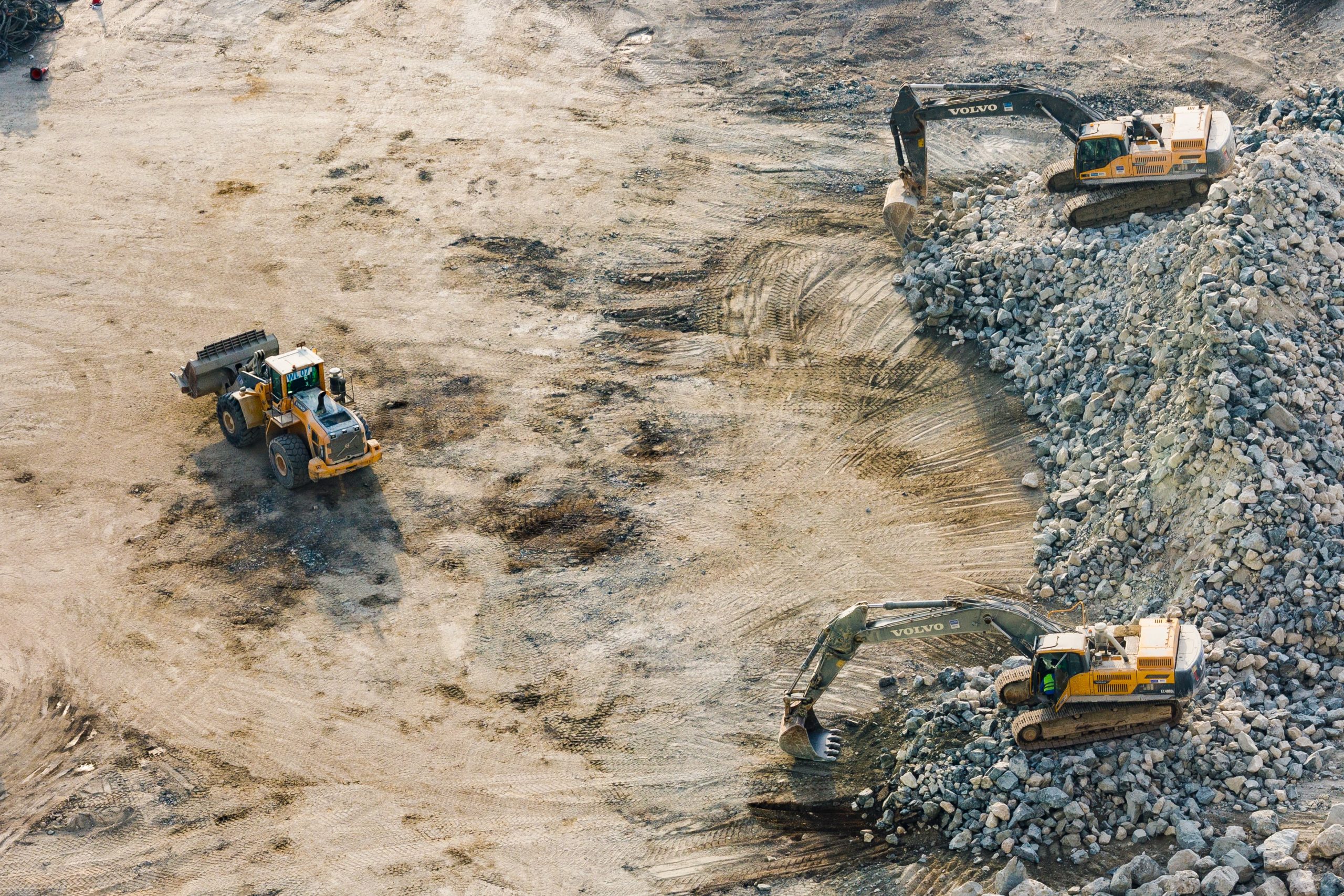Anthropogenic activities across the globe have increased Greenhouse Gases (GHG) emissions in the Earth’s atmosphere by more than 46% above pre-industrial levels.
GHG is contributing to climate disruptions like frequent tornadoes, prolonged droughts, devastating forest fires, and the infestation of invasive species. How can we account for GHG emissions? How can incentivize GHG emissions reduction schema? Currently, the process is inefficient, time-consuming, and prone to error, as it relies on manual information recording or in-person surveys.
All emission related reporting calls for data transparency, accountability, and sustainability. A potential technology is this area is digital MRV technologies to streamline emissions monitoring, reporting, and verification (MRV). The idea is to use blockchain as a tool for creating a secure and transparent system for tracking carbon emissions data, which can then be used to verify that emissions reductions are taking place and that carbon offset credits are being accurately accounted for.
In this system, data from various assets such as industrial facilities, power plants, and transportation systems would be recorded on a blockchain network. This data would be securely stored and verified by a network of nodes, ensuring that it is accurate and tamper-proof. This system would create a “digital MRV” framework that can be used to verify carbon reduction claims and ensure that carbon offset credits are properly accounted for.
Overall, the use of blockchain technology in carbon MRV has the potential to make carbon markets more transparent, secure, and efficient. By providing a reliable and tamper-proof system for tracking carbon emissions data, it can help to reduce the risk of fraud and ensure that carbon reduction efforts are properly incentivized and rewarded
Finally, digital MRV systems also help organizations improve their environmental performance by providing them with real-time information about their environmental impacts such as energy consumption levels or emissions levels from various activities associated with the project or program being monitored. This information can then be used by organizations to identify areas where improvements need to be made in order reduce their environmental impact while still meeting their goals and objectives for the project or program being monitored.
Overall, digital MRV is an important tool for ensuring that green bonds and other projects are meeting their goals and objectives in a timely manner while also providing transparency and accountability for stakeholders involved in the project or program being monitored. By automating data collection processes through digital MRV systems organizations can save time and money while still ensuring accuracy of results reported back to stakeholders which helps them make better decisions about how best allocate resources associated with the project or program being monitored.

